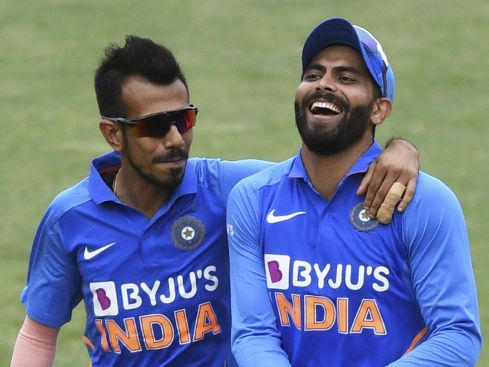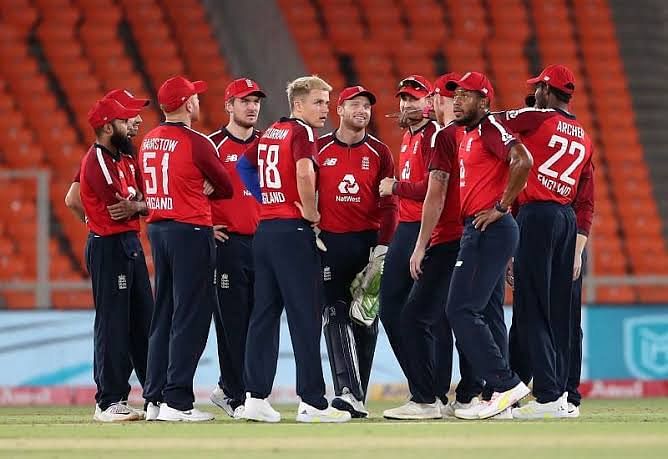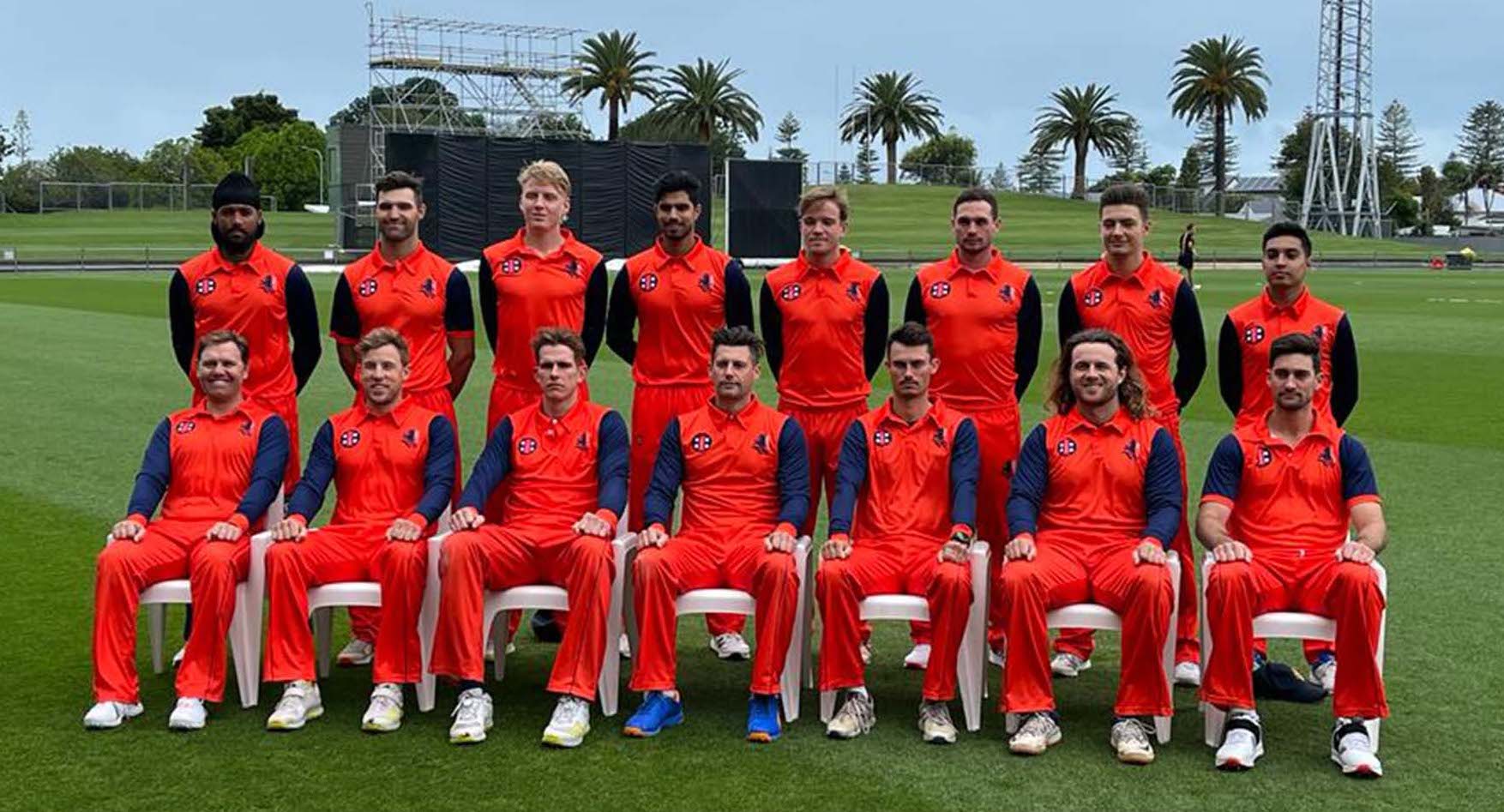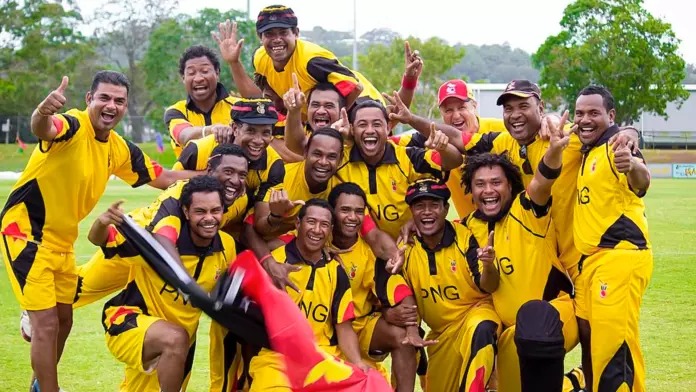The first T20I between Australia and India was marred with controversy as concussion sub-Yuzvendra Chahal went on to win the man of the match award – a first in the history of the gentleman’s game. Chahal was the concussion sub for Ravindra Jadeja who was adjudged concussed after being hit on the helmet by a delivery from Mitchell Starc in the last over of India’s innings.
But Australia was not happy with match referee David Boon’s decision to allow Chahal as a like-for-like replacement for Jadeja, and it rubbed salt on their wounds when Chahal took three crucial wickets to earn the man of the match award.
Australia argued that Jadeja was struggling with hamstring injury even before he was concussed and would not have played the second innings anyway. Besides, they questioned whether Chahal was a true like-for-like replacement for Jadeja as Chahal was a specialist leg-spinner, while Jadeja was a batting all-rounder.
With Australia ending on the losing side, they would have felt they were on the wrong side of the new rule, which came into effect after the death of Aussie cricketer Phillip Hughes due to a bouncer.
Australia has even used the concussion sub when Steve Smith was concussed during the 2019 Ashes series. And they were not complaining then as they would not take any chances after the tragic demise of Hughes.
So, is this concussion sub really worth it? Is it a flop or a success?
Worth a try?
Earlier, whenever a player was injured, whether concussed or any physical blow, they would not take further part in the game if it was a really serious injury. In that case, if it is a fielding team, the concerned injured player would be replaced by a substitute who will just field, and take no part as a batsman or a bowler. And if it is a batting team, it would have to play with a batsman less unless the player bears the responsibility of any serious damage it could happen to him if he goes out in the middle to bat. Hence, in both cases, either team would be playing with just 10 players.

But this concussion sub gives an opportunity to the team to make good of the loss of a player, and play on par with the opposition. Hence, this concussion sub is worth a try and must be continued so that both the teams play on a level field, in the spirit of the game.
If this concussion sub was not in practice now, then India would have been playing with just 10 players in the first T20I, and Australia would have started on an advantage straight away. But this concussion sub gave India a window of opportunity to get another bowler in place of Jadeja to tackle the Australian challenge.
But the rule is subject to debate, and possible amendments
Australia would have felt right to be aggrieved as they played against a specialist leg-spinner, who was not in the original XI, on a track that was favoring spin instead of a batting all-rounder who was not the best limited-overs spinners around. Hence, they would have felt they could have done better if they had faced another bowler than the specialist spinner Chahal.
Hence, in the future, such scenarios could be taken into account that the opposition team should not be at a disadvantage just because of the loopholes in the concussion sub-rule. The rule could be amended to suit the changing dynamics of the game.
Verdict
Concussion sub is a necessity in today’s competitive cricketing world where injuries or blow to the head despite the foolproof helmet is common. No one would want another tragic incident related to this. Hence, it must be continued with a few flexible rules that both teams could agree upon, and neither of them should feel to be in a disadvantageous position due to the concussion sub.
Cover image courtesy: Insidesport






